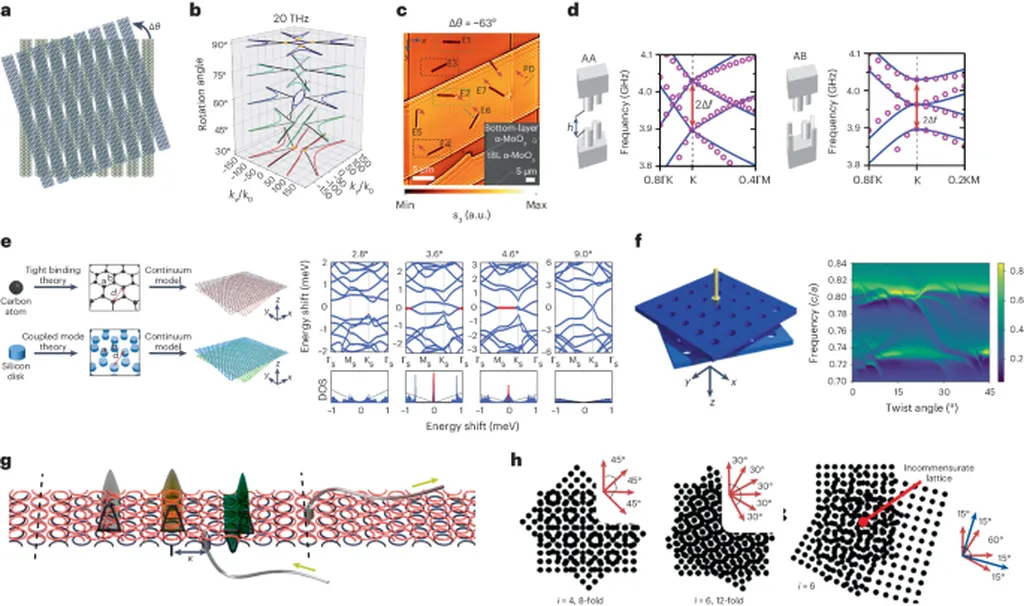In a groundbreaking development poised to reshape our understanding of magnetic systems, researchers have uncovered a novel way to manipulate topological solitons, potentially unlocking new avenues for energy technologies. The study, led by Kyoung-Min Kim of the Asia Pacific Center for Theoretical Physics, introduces the concept of a “Meron Kekulé lattice,” a unique structure that could offer unprecedented control over magnetic properties.
At the heart of this research lies the twisted bilayer easy-plane Néel antiferromagnet, a material system that has garnered significant attention for its exotic properties. Kim and his team have demonstrated that by twisting these magnetic layers at specific angles, they can induce a distorted lattice structure known as a Kekulé lattice. This lattice is characterized by alternating bond lengths, a feature that sets it apart from conventional atomic crystals.
“What we’ve found is a way to stabilize these merons—topological solitons—in a Kekulé pattern,” Kim explained. “This gives us a new level of control over the magnetic properties of the material, which could have profound implications for energy storage and transfer.”
The Meron Kekulé lattice is formed by arranging antiferromagnetic merons, which are tiny, stable magnetic whirls, into a specific pattern. The cores of these merons are stabilized into a Kekulé-O pattern, with different bond lengths across the moiré supercells. This unique structure allows for fine-tuning of the magnetic properties by adjusting the twist angle and the specifics of the interlayer exchange coupling.
The implications of this research are vast, particularly for the energy sector. The ability to control magnetic properties at such a fine scale could lead to more efficient energy storage solutions, such as advanced batteries and superconductors. Additionally, the precise manipulation of magnetic fields could enhance the performance of magnetic resonance imaging (MRI) machines, making them more efficient and accurate.
“This discovery opens up a new playground for exploring topological solitons with distinctive Kekulé attributes,” Kim added. “It’s a significant step forward in our understanding of magnetic systems and their potential applications.”
The study, published in the journal npj Quantum Materials (which translates to “New Journal of Quantum Materials” in English), represents a significant advancement in the field of condensed matter physics. As researchers continue to explore the potential of twisted magnetic systems, the Meron Kekulé lattice could pave the way for innovative energy technologies that harness the power of topological solitons.
In the broader context, this research highlights the importance of interdisciplinary collaboration. By bringing together experts from theoretical physics, materials science, and engineering, Kim and his team have demonstrated the power of a multidisciplinary approach to solving complex scientific challenges. As we look to the future, such collaborations will be crucial in driving innovation and pushing the boundaries of what is possible in the energy sector and beyond.

